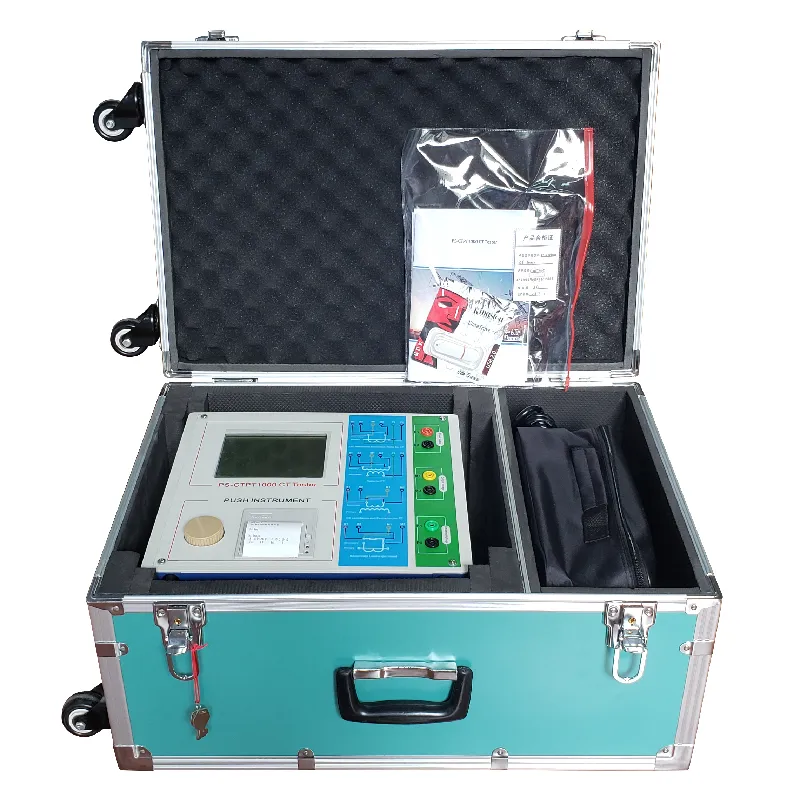 English
English



-
 Afrikaans
Afrikaans -
 Albanian
Albanian -
 Amharic
Amharic -
 Arabic
Arabic -
 Armenian
Armenian -
 Azerbaijani
Azerbaijani -
 Basque
Basque -
 Belarusian
Belarusian -
 Bengali
Bengali -
 Bosnian
Bosnian -
 Bulgarian
Bulgarian -
 Catalan
Catalan -
 Cebuano
Cebuano -
 China
China -
 China (Taiwan)
China (Taiwan) -
 Corsican
Corsican -
 Croatian
Croatian -
 Czech
Czech -
 Danish
Danish -
 Dutch
Dutch -
 English
English -
 Esperanto
Esperanto -
 Estonian
Estonian -
 Finnish
Finnish -
 French
French -
 Frisian
Frisian -
 Galician
Galician -
 Georgian
Georgian -
 German
German -
 Greek
Greek -
 Gujarati
Gujarati -
 Haitian Creole
Haitian Creole -
 hausa
hausa -
 hawaiian
hawaiian -
 Hebrew
Hebrew -
 Hindi
Hindi -
 Miao
Miao -
 Hungarian
Hungarian -
 Icelandic
Icelandic -
 igbo
igbo -
 Indonesian
Indonesian -
 irish
irish -
 Italian
Italian -
 Japanese
Japanese -
 Javanese
Javanese -
 Kannada
Kannada -
 kazakh
kazakh -
 Khmer
Khmer -
 Rwandese
Rwandese -
 Korean
Korean -
 Kurdish
Kurdish -
 Kyrgyz
Kyrgyz -
 Lao
Lao -
 Latin
Latin -
 Latvian
Latvian -
 Lithuanian
Lithuanian -
 Luxembourgish
Luxembourgish -
 Macedonian
Macedonian -
 Malgashi
Malgashi -
 Malay
Malay -
 Malayalam
Malayalam -
 Maltese
Maltese -
 Maori
Maori -
 Marathi
Marathi -
 Mongolian
Mongolian -
 Myanmar
Myanmar -
 Nepali
Nepali -
 Norwegian
Norwegian -
 Norwegian
Norwegian -
 Occitan
Occitan -
 Pashto
Pashto -
 Persian
Persian -
 Polish
Polish -
 Portuguese
Portuguese -
 Punjabi
Punjabi -
 Romanian
Romanian -
 Russian
Russian -
 Samoan
Samoan -
 Scottish Gaelic
Scottish Gaelic -
 Serbian
Serbian -
 Sesotho
Sesotho -
 Shona
Shona -
 Sindhi
Sindhi -
 Sinhala
Sinhala -
 Slovak
Slovak -
 Slovenian
Slovenian -
 Somali
Somali -
 Spanish
Spanish -
 Sundanese
Sundanese -
 Swahili
Swahili -
 Swedish
Swedish -
 Tagalog
Tagalog -
 Tajik
Tajik -
 Tamil
Tamil -
 Tatar
Tatar -
 Telugu
Telugu -
 Thai
Thai -
 Turkish
Turkish -
 Turkmen
Turkmen -
 Ukrainian
Ukrainian -
 Urdu
Urdu -
 Uighur
Uighur -
 Uzbek
Uzbek -
 Vietnamese
Vietnamese -
 Welsh
Welsh -
 Bantu
Bantu -
 Yiddish
Yiddish -
 Yoruba
Yoruba -
 Zulu
Zulu
inductor saturation tester
Understanding Inductor Saturation Testers
Inductors are crucial components in electronic circuits, playing a vital role in energy storage, filtering, and signal processing. However, their performance can be significantly affected by saturation – a condition where an inductor can no longer linearly respond to an increase in current. To ensure inductors operate effectively within their design parameters, it is essential to test for saturation. This is where inductor saturation testers come into play.
What is Inductor Saturation?
Inductor saturation occurs when the magnetic core of the inductor reaches its maximum magnetic flux density. Beyond this point, any additional current does not result in a proportional increase in magnetic flux, leading to a nonlinear behavior. This can cause overheating, loss of efficiency, and potential damage to both the inductor and the circuit. Recognizing and testing for saturation is vital for ensuring the longevity and reliability of electronic devices.
The Role of Inductor Saturation Testers
Inductor saturation testers are specialized tools designed to evaluate the performance of inductors under various current levels. They measure the point at which the inductance value begins to drop significantly as current increases. By identifying this saturation point, engineers can make informed decisions when choosing inductors for specific applications, ensuring that the components used will operate optimally without risk of saturation.
How Inductor Saturation Testers Work
Typically, an inductor saturation tester applies a controlled current through the inductor while monitoring its voltage response. The device gradually increases the current until the inductor shows signs of saturation, at which point the inductance value begins to decline. This process can involve plotting the current versus voltage characteristics to provide a clear visual representation of the inductor’s performance.
Most testers are equipped with features to automatically record and display results, making it easier for engineers to analyze the data. Advanced models may include software that allows for various test configurations, such as different frequencies or pulse widths, providing a comprehensive evaluation of inductor performance.
inductor saturation tester

Importance of Testing
Testing for saturation is essential for several reasons
1. Component Selection By understanding the saturation characteristics of inductors, designers can select the appropriate components for their specific applications, minimizing the risk of underperformance or failure.
2. Design Optimization Knowing the saturation point helps engineers redesign circuits to avoid operation in the saturation region, enhancing efficiency and performance.
3. Quality Control Manufacturers use saturation testers to ensure that their inductors meet strict design specifications before they are sold, maintaining high standards of quality and reliability.
4. Safety Inductors that are used past their saturation limits can overheat and fail, potentially causing safety hazards. Regular testing can help identify unsuitable components before they are integrated into critical systems.
Conclusion
Inductor saturation testers are indispensable tools for engineers and manufacturers in the electronics industry. By allowing for the precise measurement of an inductor’s saturation characteristics, these testers enable the selection of appropriate components, optimization of circuit designs, and assurance of product quality. As electronic devices continue to evolve and demand higher efficiency and reliability, the role of inductor saturation testers becomes increasingly significant. Ensuring that inductors operate within their safe limits is not just a matter of performance but also of safety and longevity in electronic applications.
-
Testing Equipment Industry Sees Major Advancements in 2025: Smart & Precision Technologies Lead the WayNewsJun.06,2025
-
Applications of Direct Current Generators in Renewable Energy SystemsNewsJun.05,2025
-
Hipot Tester Calibration and Accuracy GuidelinesNewsJun.05,2025
-
Digital Circuit Breaker Analyzer Features and BenefitsNewsJun.05,2025
-
Benefits of Real-Time Power Quality Monitoring Devices for Industrial EfficiencyNewsJun.05,2025
-
Earth Fault Loop Testing in High-Rise Building Electrical SystemsNewsJun.05,2025



